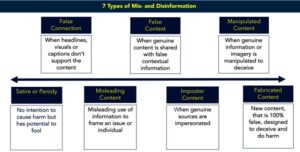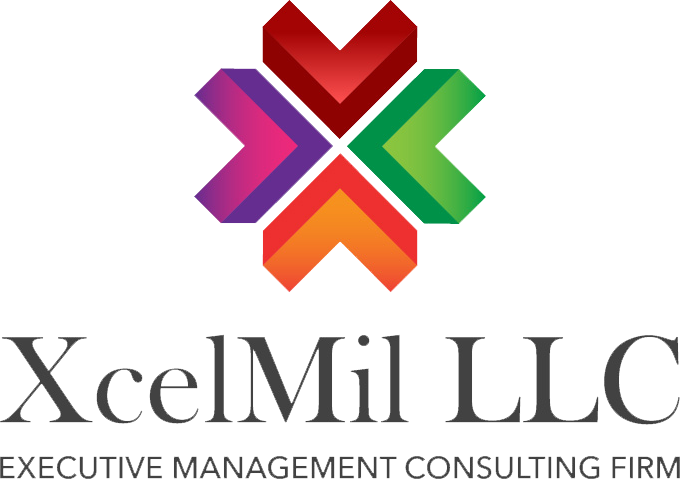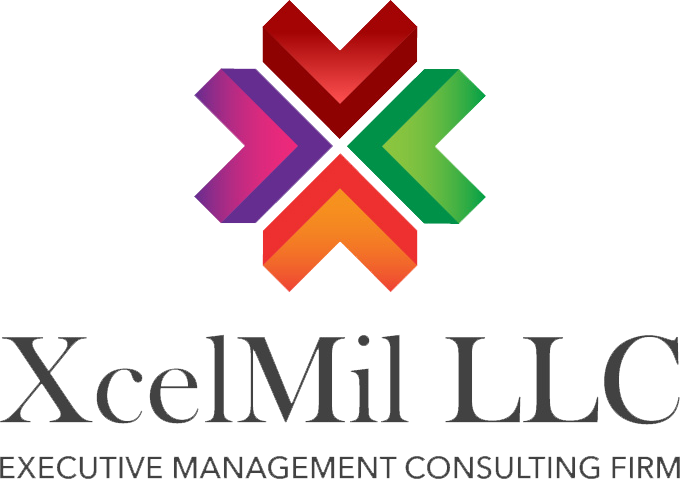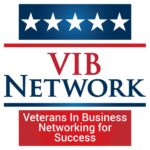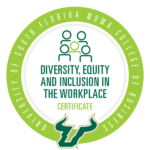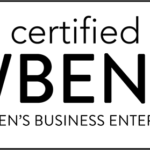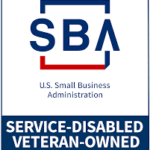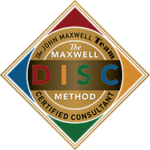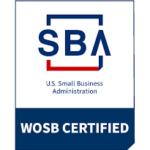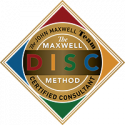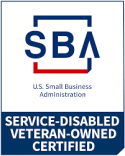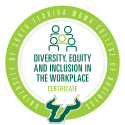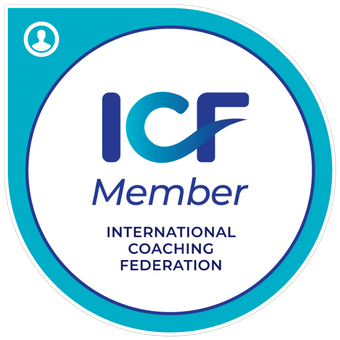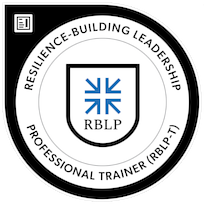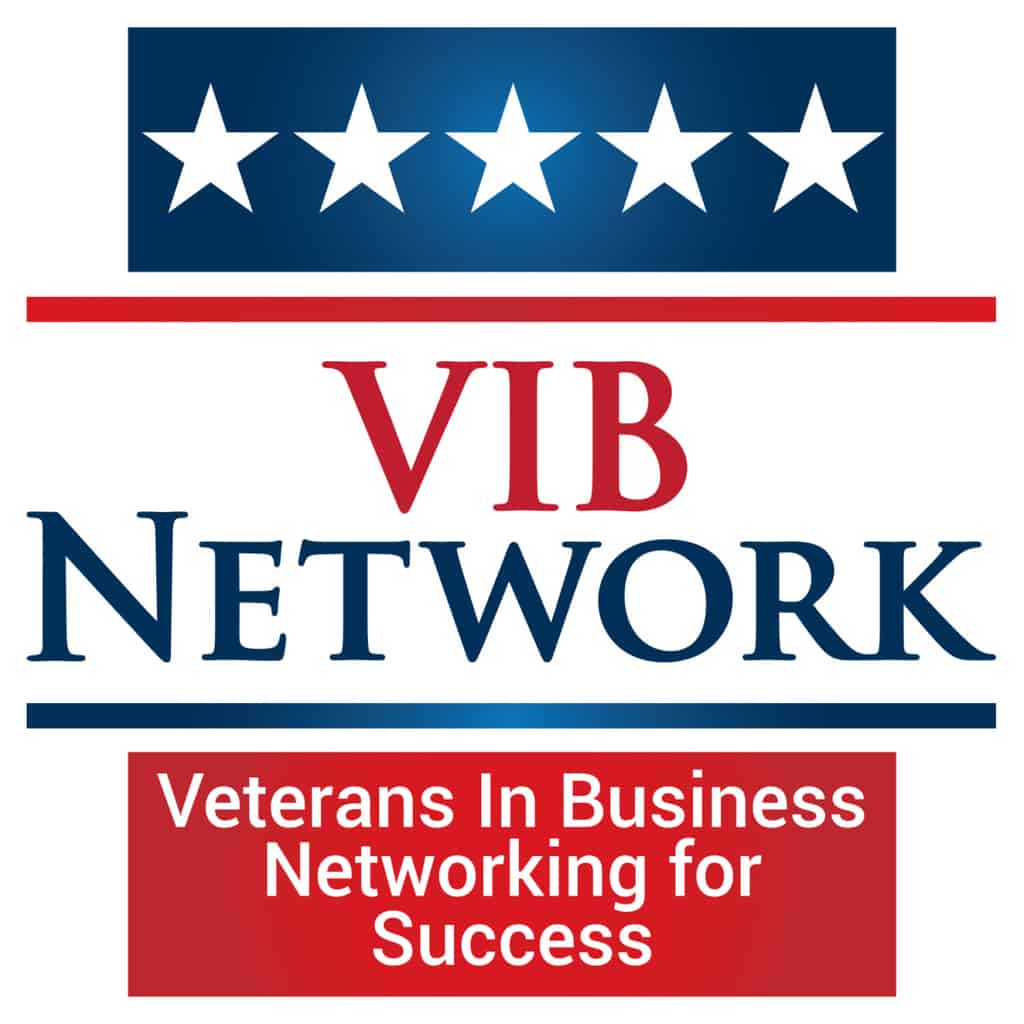Does your business use NAICS codes? It is crucial for companies to effectively identify and target their primary markets. One of the most efficient ways to achieve this is by utilizing the North American Industry Classification System (NAICS) codes. These codes categorize businesses based on their specific industries, allowing companies to streamline their marketing efforts and pinpoint potential customers.
In this article, we will delve into XcelMil’s Primary NAICS Codes – this is our comprehensive list that can help organizations in various sectors uncover new opportunities, enhance market segmentation strategies, and ultimately drive growth. Whether you are a small startup or an established corporation, understanding our primary NAICS codes can significantly impact your success in today’s competitive marketplace.
541611 – ADMINISTRATIVE MANAGEMENT AND GENERAL MANAGEMENT CONSULTING SERVICES
When you think of guiding lights in the corporate world, businesses falling under this code are prime examples. These firms provide crucial advice and assistance to other businesses on a plethora of administrative management concerns. They often tackle strategic planning, decision-making processes, and organizational restructuring.
In a rapidly changing business environment, companies need to stay agile and informed. Firms under this NAICS code often help businesses navigate these waters, offering insights derived from market research, competitor analysis, and industry trends. Moreover, they may help bridge gaps between a company’s current state and its desired position in the market.
Companies can immensely benefit from these consulting services, especially when undergoing mergers, acquisitions, or other significant transitions. Engaging with such consultants can lead to smoother transitions, informed decision-making, and enhanced profitability.

611430 – PROFESSIONAL AND MANAGEMENT DEVELOPMENT TRAINING
Under this umbrella, establishments primarily focus on enhancing professional skills. They offer courses that refine leadership qualities, improve interpersonal communication, and promote effective management techniques. Given the fast-paced nature of today’s business landscape, such training is invaluable.
As businesses evolve, so do the complexities of their operations. This sector recognizes those challenges, offering courses tailored for various hierarchical levels within an organization. Whether it’s an entry-level manager or a seasoned executive, targeted training modules can make a world of difference.
The ripple effects of professional development are numerous. Not only do trained individuals exhibit enhanced performance, but they also contribute to a positive workplace culture. Companies investing in such training often observe increased employee satisfaction, reduced turnover, and, ultimately, improved bottom-line results.
611710 – EDUCATIONAL SUPPORT SERVICES
Beyond traditional schooling, educational support services act as pivotal adjuncts, ensuring learners get the most out of their educational journeys. These might include student counseling services, curriculum consultancy, or educational testing services.
In an age where education isn’t confined to brick-and-mortar classrooms, these services bridge gaps. For instance, they might facilitate distance learning, provide platforms for online examinations, or even design interactive educational modules for diverse learners.
A significant aspect of this code also revolves around aiding educators. By equipping teachers with contemporary pedagogical tools and techniques, these services ensure that education delivery remains top-notch and in sync with modern requirements.

518210 – DATA PROCESSING, HOSTING, AND RELATED SERVICES
Data Processing, Hosting, and Related Services is an industry that encompasses a wide range of activities related to the management and processing of data. This includes services such as data hosting, storage, management, analysis, and cloud computing. Companies within this sector are responsible for the secure storage and efficient handling of large volumes of data for their clients.
With the increasing reliance on digital platforms and technology in today’s business environment, the demand for data processing services has seen significant growth. Organizations across various sectors turn to these services to ensure the smooth operation of their businesses. This code allows companies operating in this industry to effectively position themselves within their target markets by tailoring their marketing strategies towards potential customers who require advanced data processing capabilities.
But it’s not just about managing data. These businesses play a pivotal role in ensuring that data is accessible, interpretable, and secure. Whether it’s a multinational corporation or a local startup, data-driven insights pave the way for informed decision-making and future strategies.
Moreover, with concerns about data breaches and privacy increasingly coming to the fore, establishments in this sector also emphasize security. By providing secure hosting solutions and robust data protection mechanisms, they play a crucial role in safeguarding a company’s most valuable asset – its data.
561110 – OFFICE ADMINISTRATIVE SERVICES
The NAICS code 561110 refers to office administrative services, encompassing a range of tasks that support business operations. This industry includes activities like document preparation, scheduling appointments, payroll processing, and general administrative duties. Office administrative services serve as the backbone of many organizations by providing crucial support to managers and employees.
With the increasing complexity of modern businesses, efficient office administration is essential for smooth operations. Companies rely on this sector to handle day-to-day tasks so that other departments can focus on their core responsibilities.
Every business, regardless of its size, thrives on efficient administrative functions. This sector ensures that these operations run seamlessly. From managing payrolls to overseeing record maintenance, these services are intrinsic to a company’s daily functioning.
The value of efficient administrative operations can’t be understated. Imagine a scenario where invoicing errors lead to financial discrepancies, or poor record-keeping results in compliance issues. Establishments under this code act as safeguards against such pitfalls.
Furthermore, as businesses scale and expand, their administrative needs become more complex. This sector adapts to those evolving needs, ensuring that businesses can focus on their core functions while administrative intricacies are handled proficiently in the background.

561499 – ALL OTHER BUSINESS SUPPORT SERVICES
561499 – ALL OTHER BUSINESS SUPPORT SERVICES is a NAICS code that encompasses a wide range of services. This category includes businesses that provide support functions to other companies, but do not fit into any specific industry classification. These support services may include administrative assistance, document preparation, business consulting, customer service outsourcing, and many other types of specialized support.
This is a versatile category, encompassing a diverse range of support functions. In essence, if a service doesn’t fit neatly into predefined classifications, it likely finds its home here. This might include anything from transcription services to virtual assistance.
Given the varied nature of services under this code, it’s a testament to the evolving needs of the modern business landscape. As new challenges emerge, novel support functions arise to address them, ensuring businesses remain agile and responsive.
Moreover, this category underscores the significance of specialized support. Whether it’s event planning, inventory management, or any other niche requirement, businesses can find expert assistance, ensuring no operational aspect is left unattended.
561410 – DOCUMENT PREPARATION SERVICES
561410 – DOCUMENT PREPARATION SERVICES is a NAICS code that includes businesses that provide services related to document preparation, such as drafting legal documents, formatting reports and presentations, and managing data entry processes. By utilizing this code, organizations can effectively identify companies in this industry and target them for potential partnerships or sales.
In an era dominated by digital communication, the importance of well-crafted documents remains undiminished. This sector focuses on ensuring that every document, be it a business proposal, report, or resume, is structured perfectly and is free from errors.
Documents often act as a business’s first impression. Whether it’s a proposal to a potential client or a report for stakeholders, well-prepared documents can set the tone for future interactions and decisions. Hence, the significance of establishments offering these services is paramount.
Additionally, with global collaborations becoming the norm, these services often cater to diverse linguistic and cultural nuances. This ensures that documents are not only error-free but also tailored to resonate with the target audience, enhancing clarity and impact.
541612 – HUMAN RESOURCES CONSULTING SERVICES
In the field of human resources consulting services, the NAICS code 541612 is essential for companies seeking to optimize their HR practices and improve workforce productivity.
Human resources consultants provide expert advice and guidance on various aspects such as recruitment, employee training and development, performance management, compensation, benefits administration, and workplace policies.
By utilizing these specialized consulting services catered specifically to the human resources domain under NAICS code 541612, organizations can effectively address internal challenges while aligning their strategies with industry best practices.
Human Resources isn’t just about hiring and payroll anymore. Today, HR consultants delve into organizational culture, employee engagement, benefits optimization, and much more. They essentially act as architects of a company’s most valuable asset – its people.
Modern businesses recognize that a motivated, satisfied workforce is key to sustained success. HR consultants, with their expertise, can diagnose pain points, suggest reforms, and design programs that not only retain talent but also attract the industry’s best.
Furthermore, in a globalized world, businesses often grapple with diverse labor laws, cultural nuances, and varied employee expectations. HR consultants guide companies through these complexities, ensuring compliance and fostering harmonious workplace environments.
541613 – MARKETING CONSULTING SERVICES
In the realm of marketing, the 541613 NAICS code plays a critical role in driving success for businesses. Under this category, companies specializing in marketing consulting services offer their expertise to help organizations gain a competitive edge and maximize their market potential. These consultants provide valuable insights into market trends, consumer behavior, and effective strategies for reaching target audiences.
In a cluttered marketplace, standing out is a challenge. Businesses under this code are the wizards that craft strategies ensuring brands don’t just get noticed, but they resonate and engage. They delve deep into market analysis, consumer behavior, and industry trends to carve out unique positioning strategies.
Today, marketing isn’t just about selling a product or service; it’s about storytelling, creating an emotional connection, and building lasting relationships. These consultants emphasize brand narratives, ensuring consistent messaging across channels and touchpoints.
Moreover, with the digital revolution, the marketing landscape is constantly evolving. Whether it’s harnessing the power of social media, influencer collaborations, or data-driven campaigns, these consultants ensure businesses stay ahead of the curve, maximizing reach and impact.

541910 – MARKETING RESEARCH AND PUBLIC OPINION POLLING
541910 – Marketing Research and Public Opinion Polling is a primary NAICS code that plays a crucial role in helping businesses gather valuable insights into their target market. This industry focuses on conducting research, collecting data, and analyzing public opinion to aid companies in making informed decisions. With the rapid changes seen in today’s business culture, it has become imperative for organizations to understand consumer preferences and behavior. By utilizing marketing research and public opinion polling services, companies can identify emerging trends, assess customer satisfaction levels, evaluate brand perception, and gauge the effectiveness of various marketing strategies.
Understanding public opinion goes beyond mere numbers. It’s about discerning patterns, identifying potential market gaps, and predicting future trends. Companies can then tailor their offerings, ensuring they align with consumer expectations and needs.
Moreover, in a rapidly changing socio-political environment, gauging public sentiment can be crucial for brand positioning. By understanding shifts in public opinion, businesses can navigate potential PR challenges and seize opportunities, always staying in sync with their audience.
611420 COMPUTER SOFTWARE TRAINING
Software tools have permeated every aspect of business operations. But these tools are only as effective as the individuals wielding them. Establishments under this code ensure professionals are adept at harnessing the full potential of these software applications.
In our tech-centric world, even a basic task might require interfacing with multiple software platforms. Effective training ensures tasks are executed seamlessly, enhancing efficiency and reducing potential errors. Whether it’s a CRM tool or a design software, proficiency can make a significant difference.
Ultimately, with software platforms constantly updating and evolving, continuous learning is essential. Training establishments ensure that professionals stay updated, always equipped to harness the latest features and functionalities to their advantage.
611699 – OTHER MISCELLANEOUS SCHOOLS AND INSTRUCTION
The beauty of this code lies in its diversity. From dance academies to culinary schools, it encompasses institutions offering specialized instruction beyond mainstream educational categories.
These establishments recognize and nurture unique talents and interests. In doing so, they not only cater to niche markets but also enrich the broader educational landscape. By providing platforms for unconventional skills, they ensure holistic personal development.
Furthermore, as society evolves, new interests and needs emerge. This category is dynamic, always expanding to include new instructional areas. It embodies the spirit of continuous learning and exploration, ensuring every passion, however niche, finds its place.
In conclusion, understanding NAICS codes is pivotal for any business enthusiast or professional. They offer a snapshot of the diverse sectors powering our economy, emphasizing the interdependence and specialization that characterize modern commerce. With each code telling a unique story, they collectively weave the narrative of our economic tapestry. Now that you know our primary NAICS codes, let us help you and your organization!
Book a consultation with us now! Please do not hesitate to contact us with any questions. We would love to hear from you. Email at [email protected].
Click here https://xcelmil.com/xcelmil-coaching-and-consulting-services/ to learn more about our services.
Twitter: https://twitter.com/GraticMelody
LinkedIn: https://www.linkedin.com/in/melodygraticconsulting/
XcelMil, LLC is a certified Minority-Woman and Service-Disabled Veteran-Owned Small Business specializing in Executive Management Consulting and Leadership Development Training.



